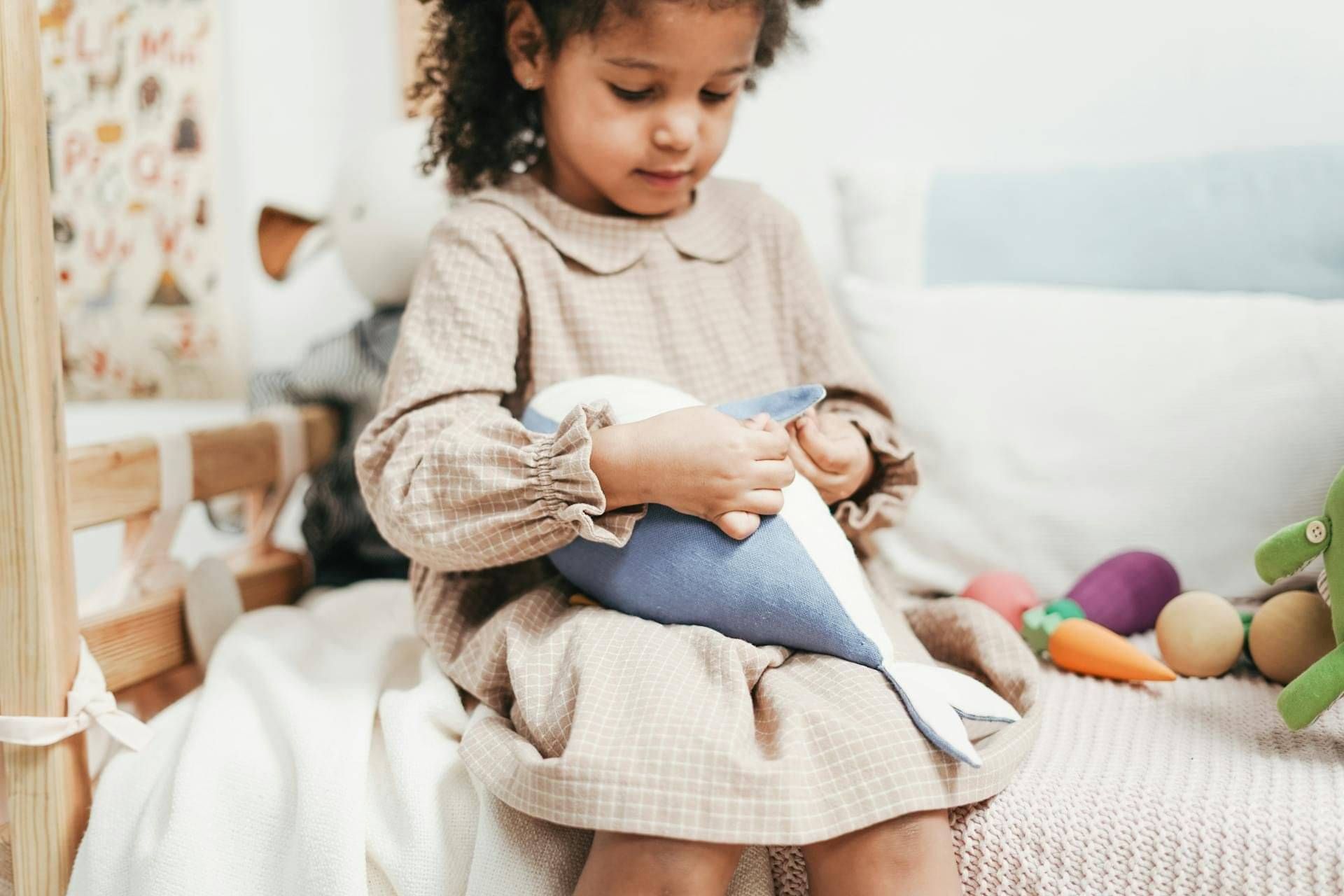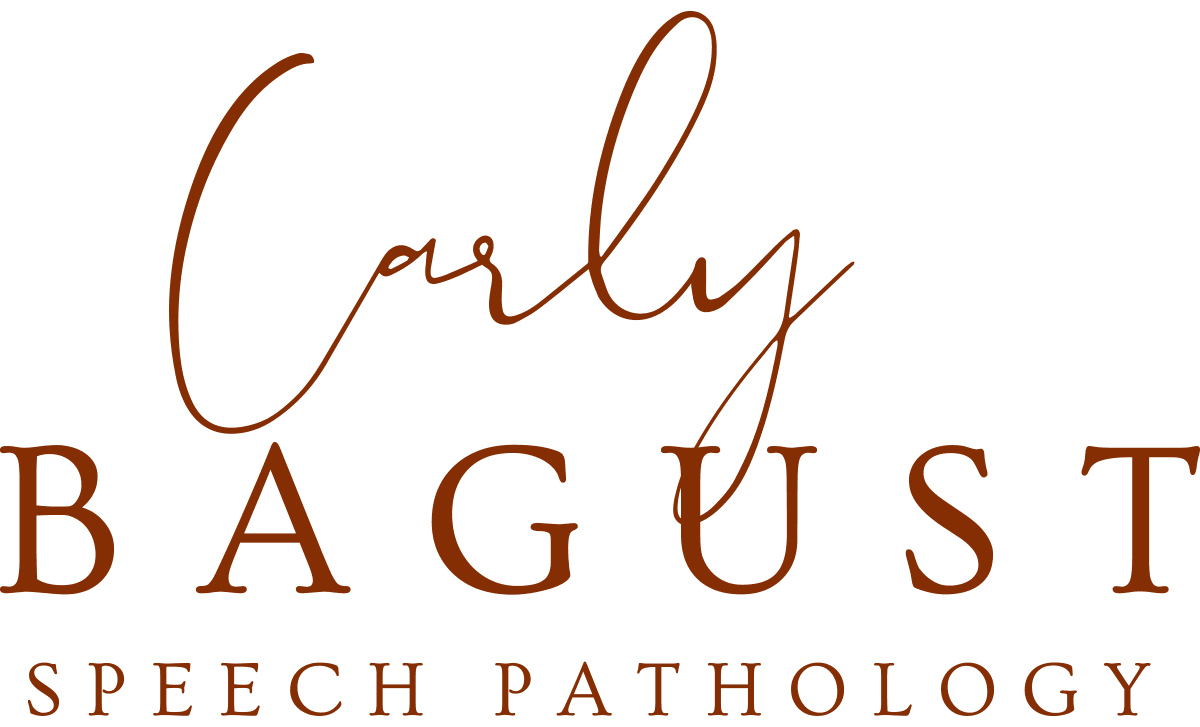OUR SERVICES
Speech Pathology
Welcome, I'm glad you're here.
I'm Carly Bagust, a Certified Practising Speech Pathologist based on the beautiful Sunshine Coast. I offer mobile therapy, working with children in the places they feel most at ease—at home, at school, or in their early learning setting.
My focus includes language, literacy, fluency, speech sounds, and AAC (Augmentative and Alternative Communication). Every child is different, and so is the support they need. That’s why I take a personalised approach, designed to help your child build confidence in their own time, in their own way
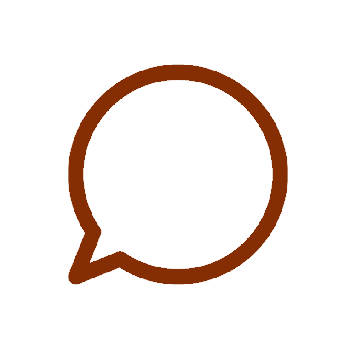
DLD
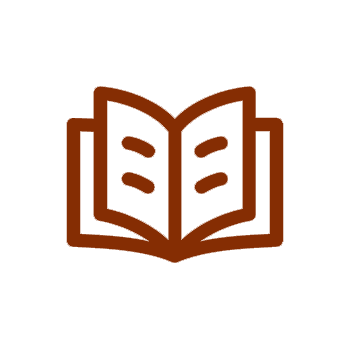
Literacy
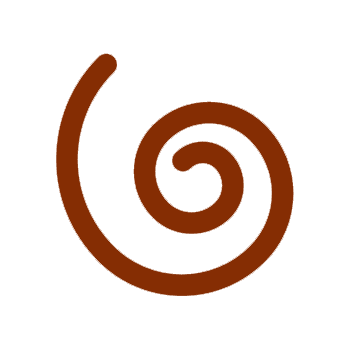
Fluency
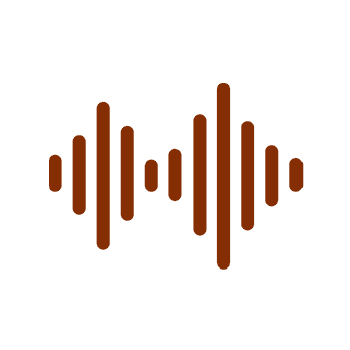
Speech Sounds
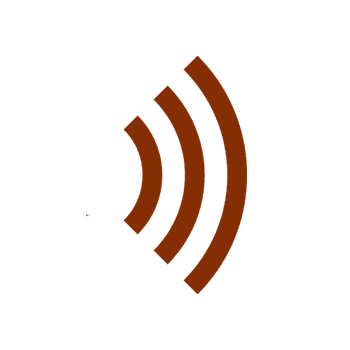
CAS

AAC

Developmental Language Disorder (DLD)
Developmental Language Disorder, or DLD, means a child has ongoing difficulty with talking and understanding language. It can sometimes be hard to spot because it’s not always obvious and can be mistaken for behaviour or attention issues.
DLD can affect many areas of life—from making friends to learning at school and beyond. Children with DLD might find it tricky to find the right words, organise sentences, have conversations, or tell stories. They might also struggle to understand what others say, follow instructions, answer questions, remember information, or pay attention. Reading and writing can also be more challenging for these children.
Literacy
Literacy is all about the skills involved in reading, writing, and spelling. These skills are important not just for school, but for everyday life, learning, and communicating with others.
Preschool literacy helps prepare little ones to learn to read when they start school. This includes understanding how words are made up of sounds, knowing how books work, and learning letters and sounds.
School-age literacy focuses on learning to read and write more independently. Children develop the skills to recognise words, understand what they read, and use phonics—the connection between letters and sounds—to decode new words.
Speech pathology can support your child in breaking down sounds, blending them together, and manipulating them in words. Therapy can also help with reading fluency, expanding vocabulary, using grammar correctly, understanding what they read, and connecting new information to what they already know.
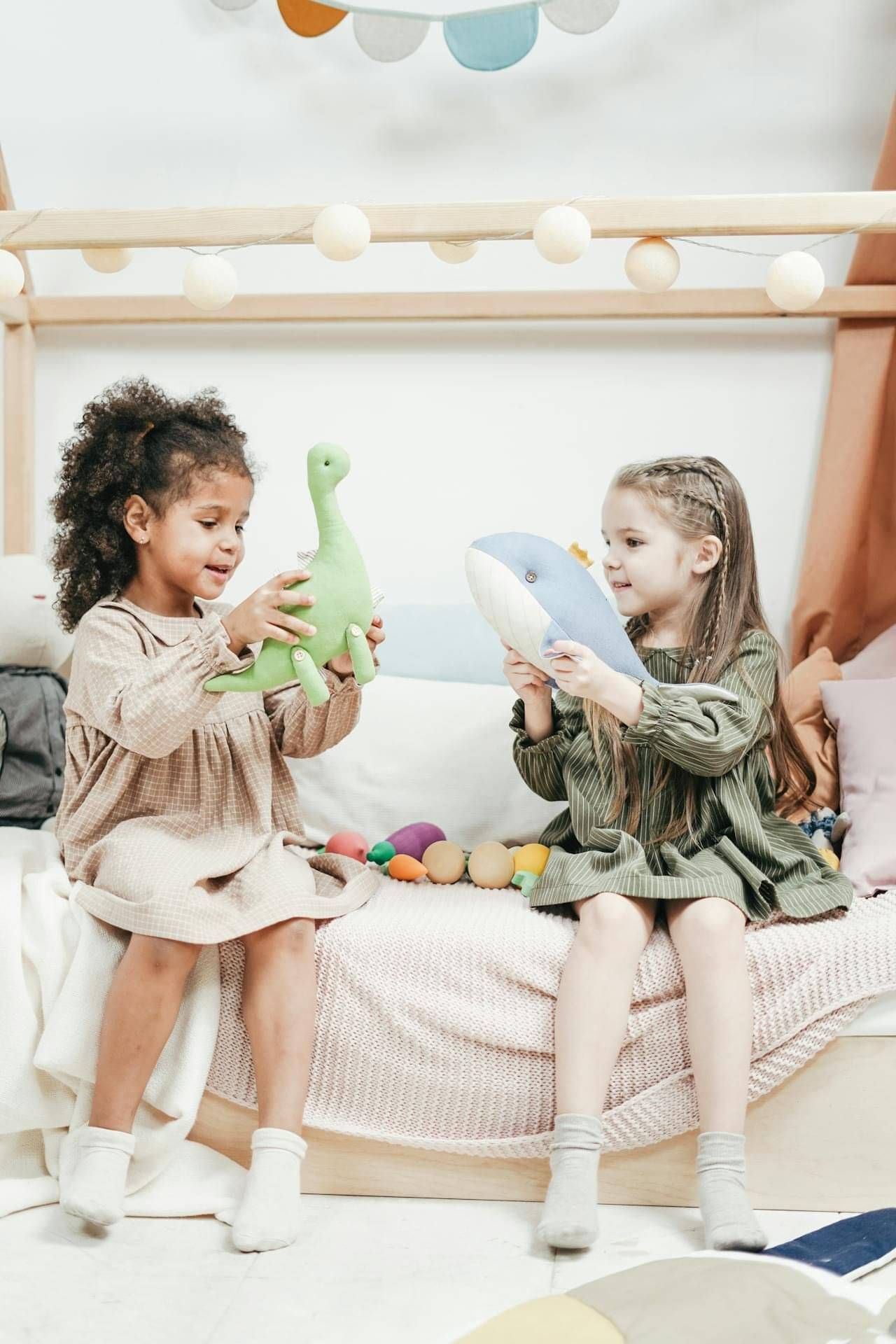
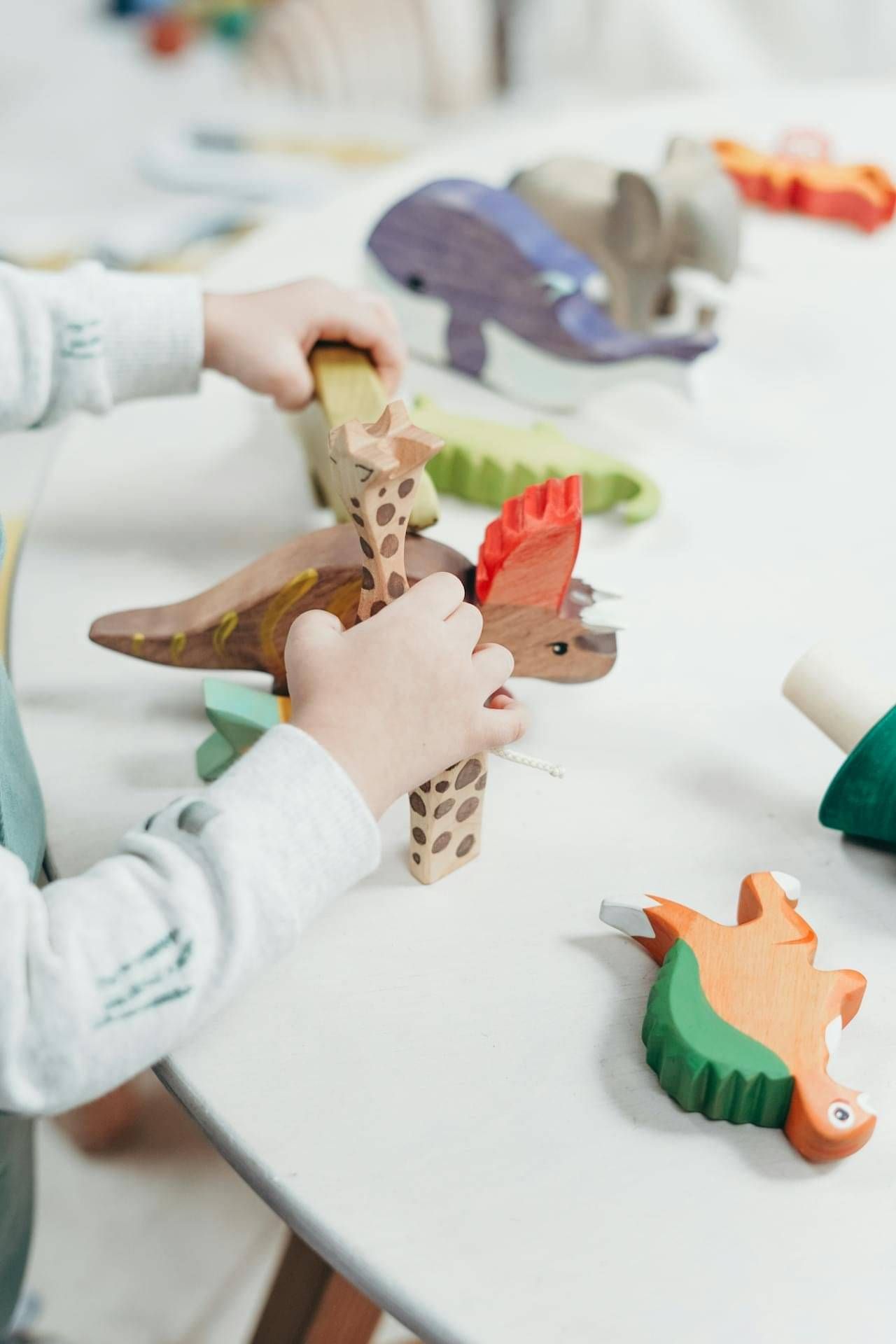
Fluency
Fluency is about how smoothly and easily someone speaks. Some children experience interruptions in the flow of their speech, known as fluency disorders, with stuttering being the most common.
This might look like repeated sounds or words, stretched out sounds, or blocks where speech feels stuck. These moments can sometimes cause tension, frustration, or avoidance of speaking.
If you notice your child struggling with their fluency, speech pathology can provide strategies to help them communicate more confidently and comfortably.
Speech Sounds
We help with a range of speech sound difficulties, including:
Articulation disorders: These happen when a child has trouble making certain sounds correctly. For example, they might lisp (making an “s” sound like “th”) or substitute one sound for another (like saying “wabbit” instead of “rabbit”).
Phonological disorders: These involve patterns of sounds. A child might make sounds correctly but use them in the wrong place, like saying “doe” instead of “go,” or leaving sounds out of words. These difficulties often affect many sounds, not just one.

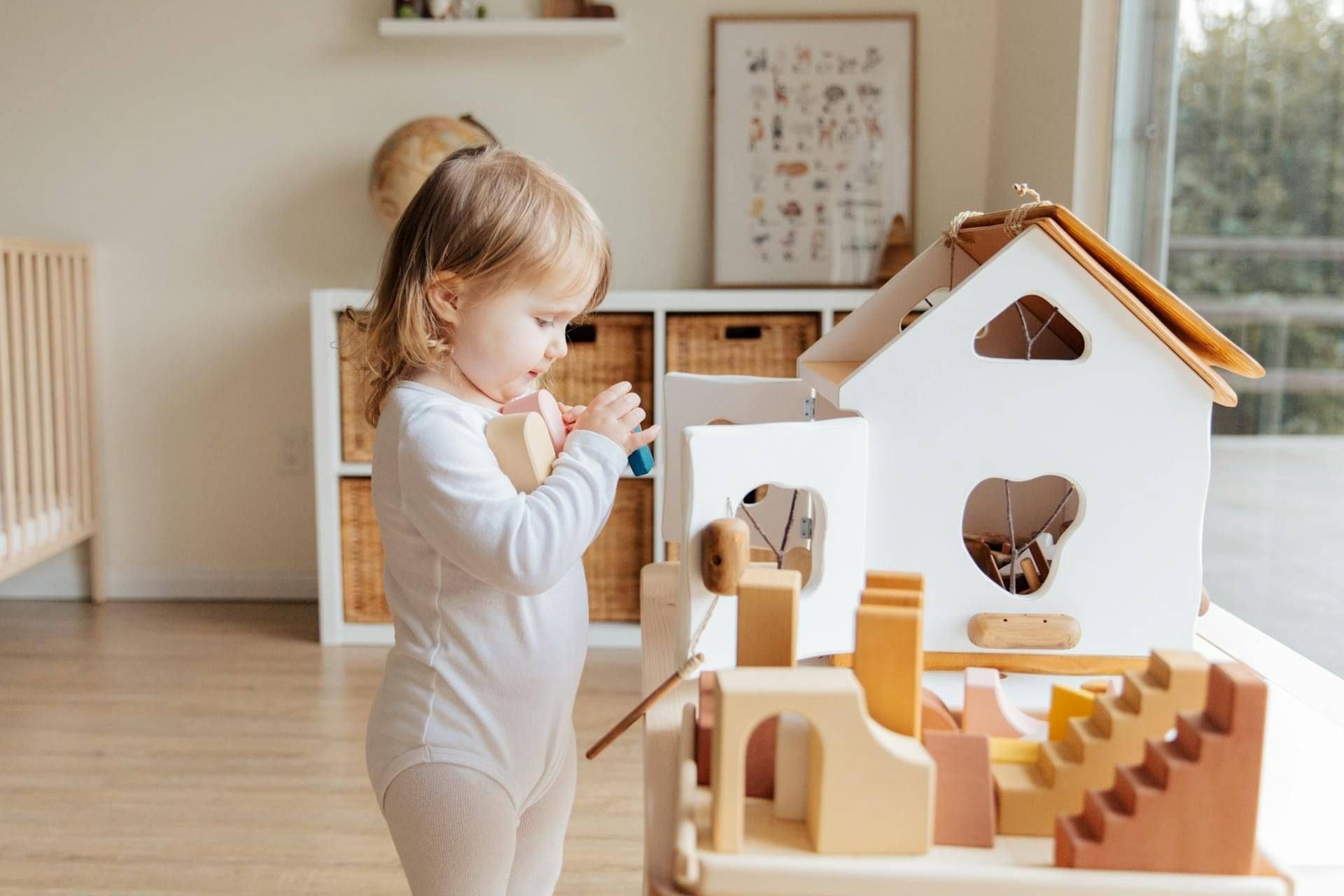
Childhood Apraxia of Speech (CAS)
CAS affects a child’s ability to plan and coordinate the movements needed for speech. This means they might have trouble making the right sounds, saying words clearly, or speaking at a natural pace.
Because of this, their speech development can be delayed, and it might be hard for others to understand them. Therapy focuses on helping improve the speed, accuracy, and timing of speech movements.
Augmentative and Alternative Communication (AAC)
AAC includes different ways of communicating that support or replace speech when children have significant challenges talking.
There are many types of AAC, and I work with families to find the right fit for each child. Some examples include:
Speech generating devices: Tools that turn words or pictures into spoken language.
Apps on tablets or phones: Popular and easy-to-use communication aids.
Paper-based systems: Books with pictures or symbols to help express ideas.
Signing: Using signs like Auslan or Key Word Sign to communicate.
Alternative access: Using eye movements, switches, or help from others to communicate.
Informal AAC: Gestures, movements, or actions used naturally.
Visual supports: Tools like visual schedules or “first/then” boards to assist communication and routines.
